Out of office: coffee and creative small talk with Simone Rocha
Bodil Blain, Wallpaper* columnist and founder of Cru Kafé, shares coffee and creative small talk with leading figures from the worlds of art, architecture, design, and fashion. This week, London-based fashion designer Simone Rocha

Bodil Blain: How do you take your coffee?
Simone Rocha: Black with ice. On a doily. Anyone who spends a bit of time with me leaves knowing how to crochet.
BB: When did you first realise that you were creative?
SR: I always worked in my dad's studio, who was a designer. He had a full fashion studio in Dublin and I was always just hanging around from about the age of 13. I was never going to do anything academic, but it was probably when I went to art college in Dublin and one of the tutors persuaded me to take the fashion module. I did my project on nurses. I printed all these images of how they used to make the old nurses’ hats and wondered whether I could make skirts out of that type of construction. My brain just started working. I realised then that that was how I could make emotion, through clothes.
BB: Who’s been your biggest influence?
SR: I’ve always been obsessed with Louise Bourgeois. Sadly she died before I got the chance to meet her, but I was lucky, I got a chance to visit her home and I do a lot of work with her foundation. I’ve done printed matter with Bourgeois images in it, and there are some of her pieces in my store on Wooster Street in New York.
BB: Your work always tells a story. Where do you find your stories?
SR: It comes from something personal. For one collection, I was in Japan, I was pregnant, feeling a bit weird and there was cherry blossom everywhere. I felt alienated, out of place and I started the collection from that feeling. I was thinking about how I could integrate the cherry blossoms into the fabric. At Château La Coste in Provence (W*214), I saw this amazing Louise Bourgeois spider on the wall. I made some of her shapes into embroidery, some into 3D shapes. So it flip-fops between the two – it can be a specific artist or item, or it can be a place. It’s hard to describe.
I realised then that that was how I could make emotion, through clothes.
BB: It's one thing to be an artist, but with your work, it goes onto a person and becomes embodied by them.
SR: Exactly! That's what's so interesting to me about fashion, it’s physical, human, it’s functional. You have to be able to put your head through a hole, you know, and walk around in the work. I always want my clothes to integrate into someone else’s personality and style. That’s why people in their sixties wear my clothes, people who are sixteen wear my clothes. It’s not about a certain architecture I create, that I want other people to fit into, but the other way round.
BB: Who do you design for?
SR: My last winter collection, Marching Roses, was based around the concept of strong women and I wanted all different types of women to embody that. It comes from the clothes. It’s not like ‘OK, I need Kate Moss.’
RELATED STORY
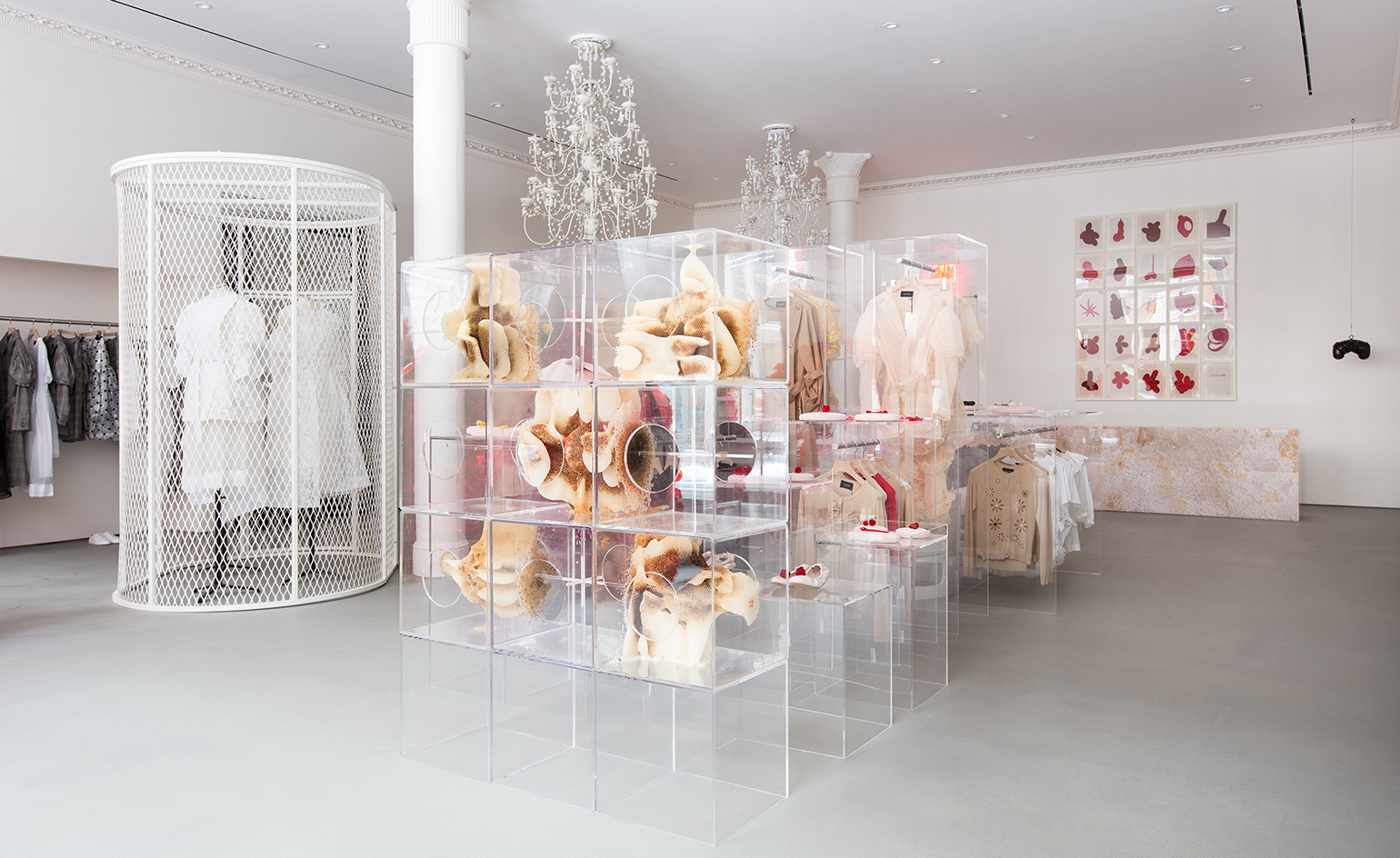
BB: I feel like there's a strong vein of creativity that comes from being displaced from your homeland, whether forced or by choice. Is ‘home' part of what you do?
SR: I'm very proud of being Irish. I go home a lot, actually – it's very close and my other half is Irish as well. I love going back now, but I have to admit, I hated a lot of growing up there. Then when I moved to the UK, I got very homesick, romantic and nostalgic for my Irish upbringing. I started getting interested in the history of Ireland, I got obsessed with Irish writers and poets, which is really funny, being dyslexic. Half the time, I'd have to go back and read over what I'd just read, but I loved it so much, it didn't matter. I read a huge amount of almost exclusively Irish novels now.
BB: You've come a long way in a short time, does it feel that way?
SR: Yeah, it happened so fast. At school I wasn't very academic, but I loved college, it gave me so much energy. I kept working and got all these amazing opportunities. I moved to London for my MA and the fashion world was print-orientated, but I did my MA show all in black, inspired by the Aran Island mourners off the coast of Ireland. When people died, the women used to wear their petticoats on their heads as a mark of respect. It was all-black tailoring with these petticoat hats, quite restrained but it felt right for me at that time. I had no idea what to do afterwards, when I got a call from Fashion East and it built from there. Then I just focused on making really good products for DSM until I got my own store.
BB: What do you think guided you through that rise?
SR: I'm very decisive. I've always been like that. I have no patience, which is something I'm not proud of, but work-wise is quite good. And the more I do, the more energy I get from it. It's a really exciting job to have.
BB: Who would you most like to collaborate with?
SR: Astier de Villatte, because I love their plates. It's amazing I get to work with amazing photographers, filmmakers and friends on a long-term basis. I like working with my husband, too [cinematographer Eoin McLoughlin]. We made a film with photographer Jackie Nickerson two years ago in Zambia, called Patchwork, Work.
A version of this article originally featured in the November 2018 issue of Wallpaper* (W*236)
Receive our daily digest of inspiration, escapism and design stories from around the world direct to your inbox.
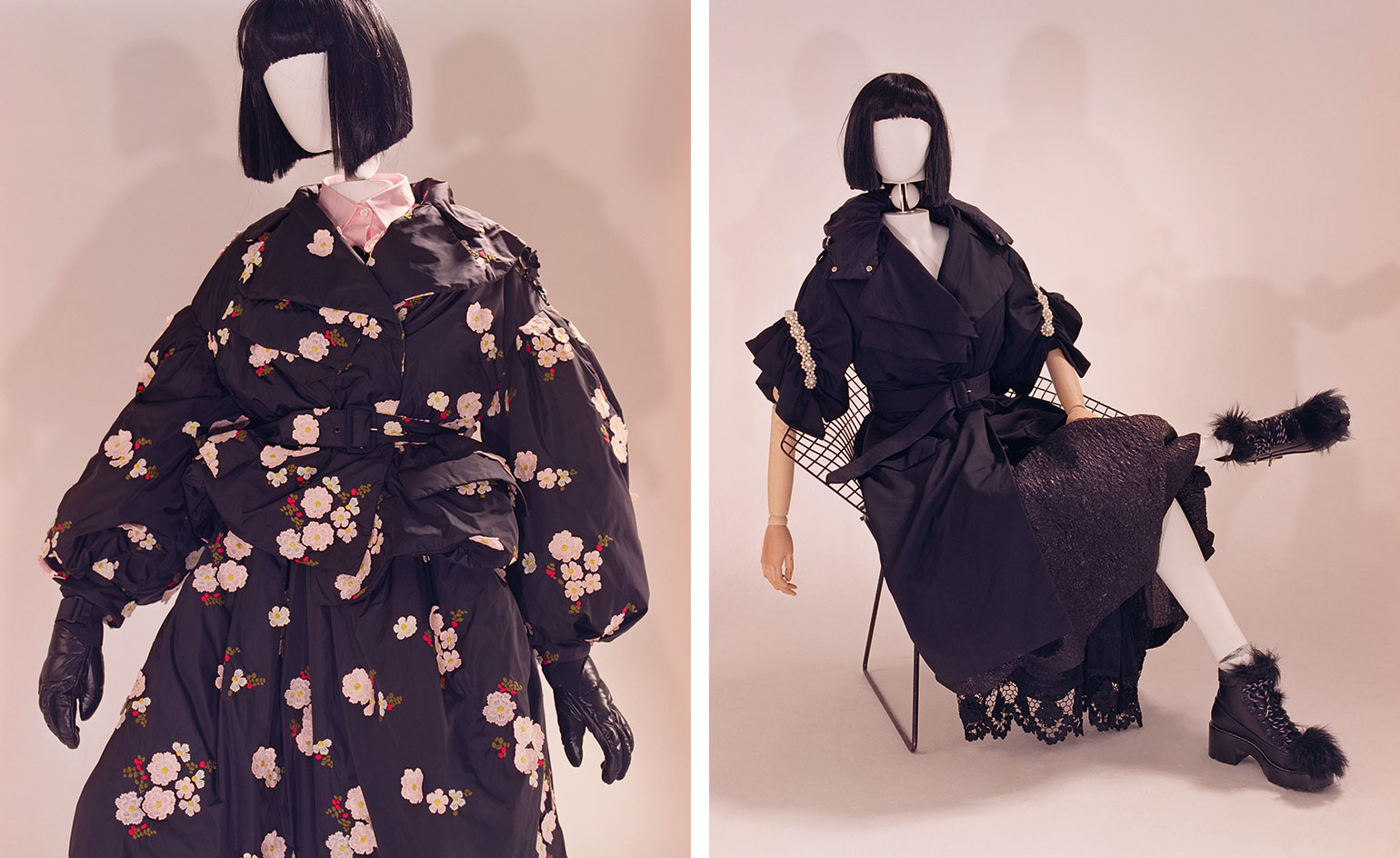
Left, technical nylon jacket with embroidered flowers, £2,705; technical nylon dress with embroidered flowers, £2,610; shirt, £340; nylon laqué gloves, price on request, all by 4 Moncler Simone Rocha. Right, technical twill jacket, £2,515; lurex skirt, £2,415; leather boots, £1,245. ‘Bertoia Diamond’ chair, £900, by Harry Bertoia, for Knoll.
As originally featured in the September 2018 (W*234)

Left, shirt with embroidered cuff, £825. Right, Nylon jacket, £1,250
INFORMATION
For more information, visit Simone Rocha’s website
-
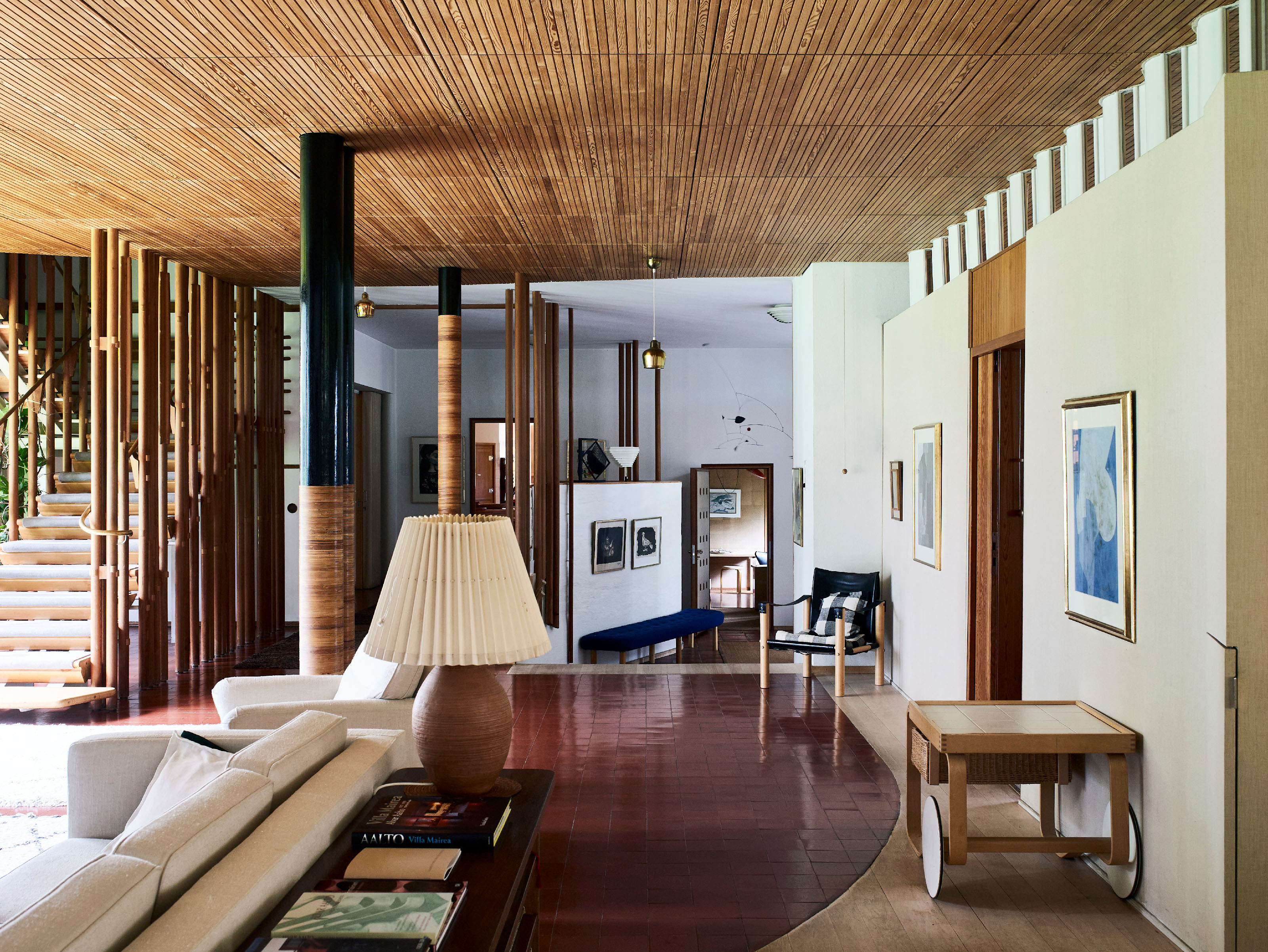 ‘The Iconic Nordic House’ explores the art, craft and influence of the region’s best residences
‘The Iconic Nordic House’ explores the art, craft and influence of the region’s best residencesA new book of Nordic homes brings together landmark 20th-century residential architecture with stunning contemporary works; flick through this new tome from Bradbury and Powers
-
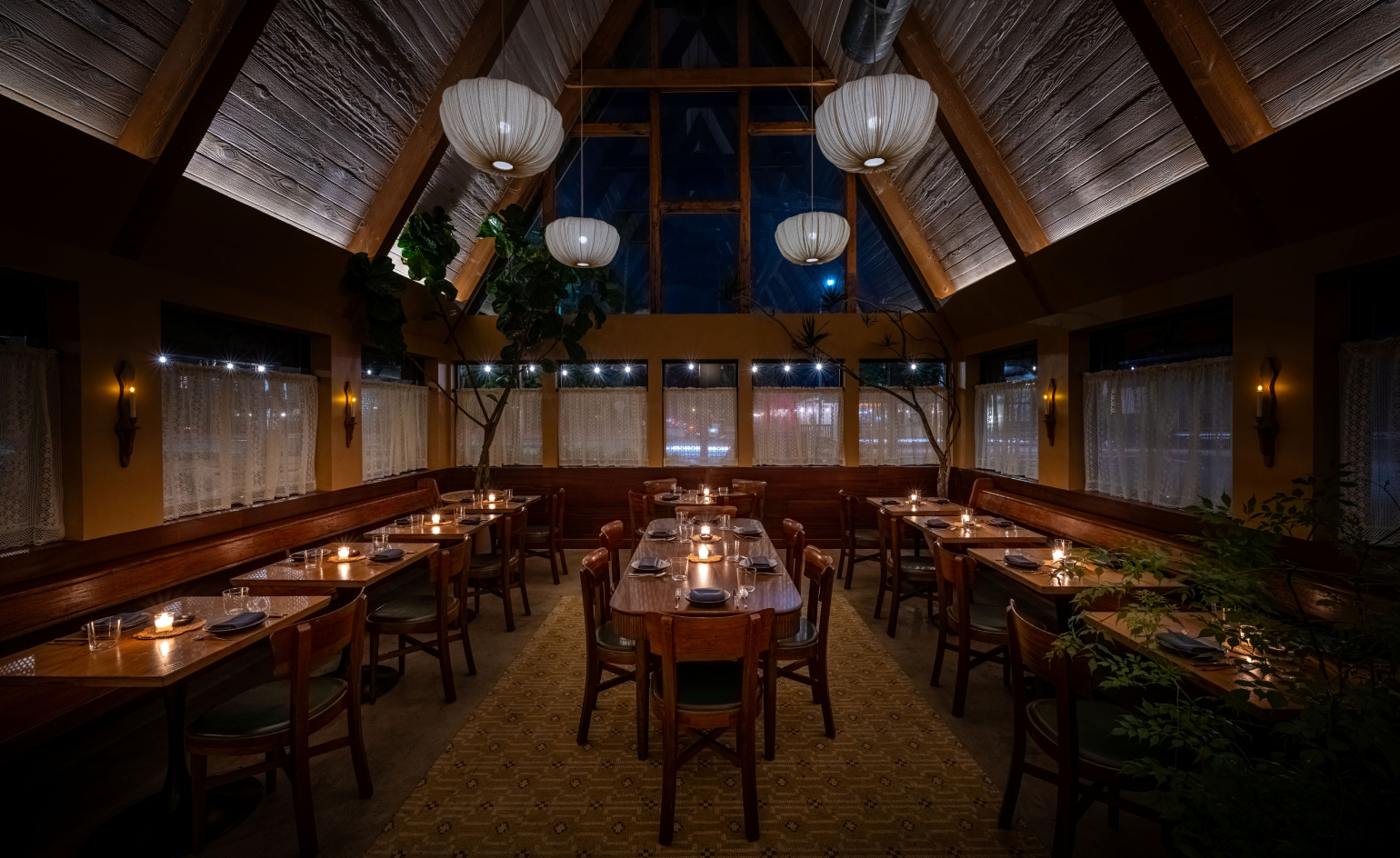 Chef Ray Garcia brings Broken Spanish back to life on LA’s Westside
Chef Ray Garcia brings Broken Spanish back to life on LA’s WestsideClosed during the pandemic, Broken Spanish lives again in spirit as Ray Garcia reopens the conversation with modern Mexican cooking and layered interiors
-
 Inside a skyrise Mumbai apartment, where ancient Indian design principles adds a personal take on contemporary luxury
Inside a skyrise Mumbai apartment, where ancient Indian design principles adds a personal take on contemporary luxuryDesigned by Dieter Vander Velpen, Three Sixty Degree West in Mumbai is an elegant interplay of scale, texture and movement, against the backdrop of an urban vista
-
 Out of office: coffee and creative small talk with Tatiana Bilbao
Out of office: coffee and creative small talk with Tatiana BilbaoBodil Blain, Wallpaper* columnist and founder of Cru Kafé, shares coffee and creative small talk with leading figures from the worlds of art, architecture, design, and fashion. This week, it’s Mexican architect Tatiana Bilbao, who is currently designing a brutalist, ethical aquarium in Mazatlán and has an exhibition at Copenhagen's Louisiana Museum of Modern Art opening in October 2019
-
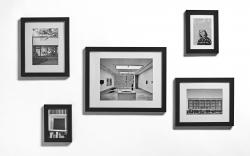 At home with Deborah Berke
At home with Deborah BerkeArchitect Deborah Berke talks to us about art, collaboration, climate change and the future, from the living room of her Long Island home
-
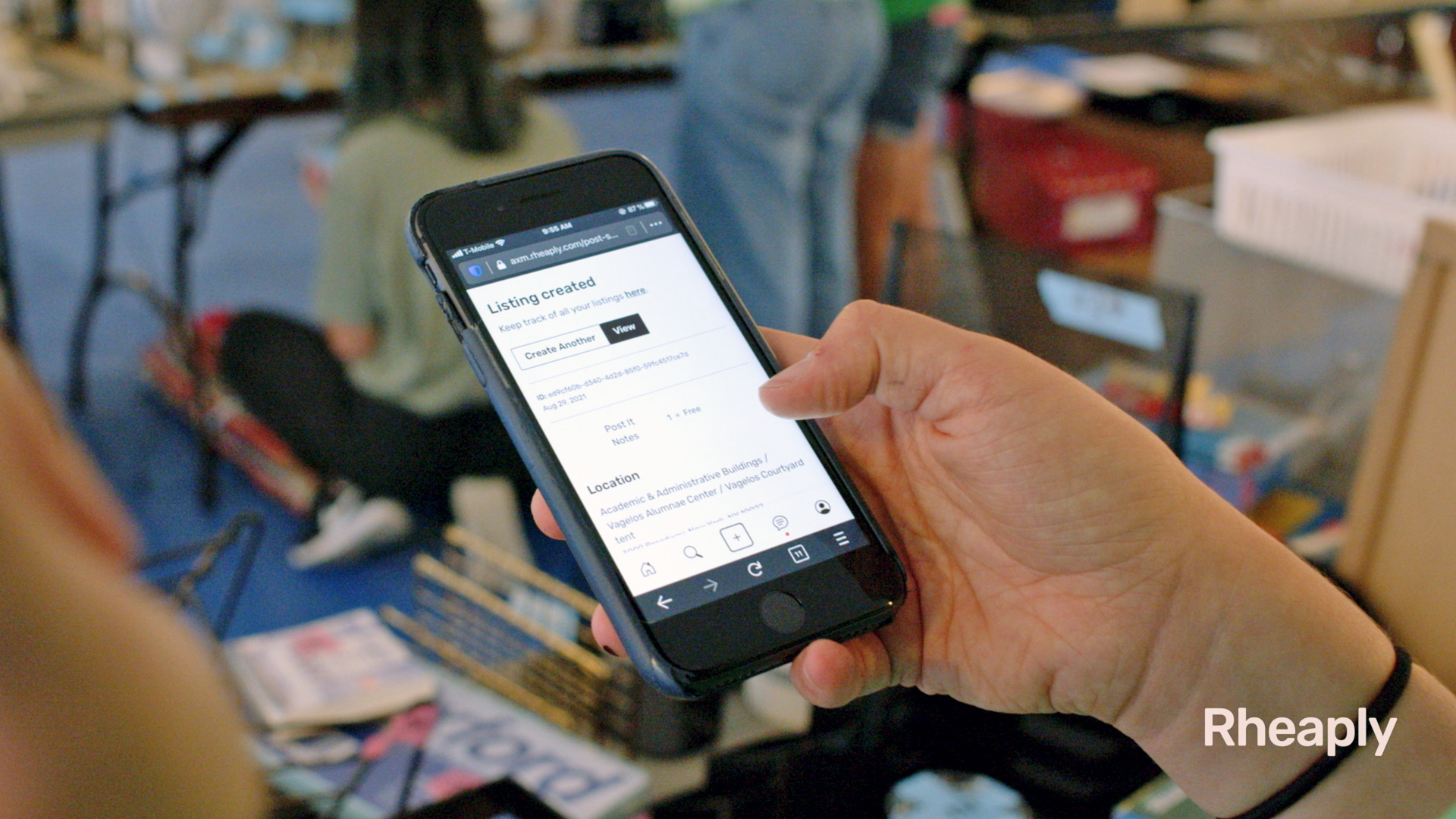 Rheaply redefines circular economy in architecture
Rheaply redefines circular economy in architectureOn Earth Day 2022, we speak to Rheaply founder Garry Cooper Jr about his innovative business that tackles reuse and upcycling in architecture and construction
-
 Paolo Soleri's sustainable urban experiment Arcosanti enters new era
Paolo Soleri's sustainable urban experiment Arcosanti enters new eraWe meet Liz Martin-Malikian, Arcosanti’s new CEO, who takes us through the vision and future for Paolo Soleri's sustainable urban experiment
-
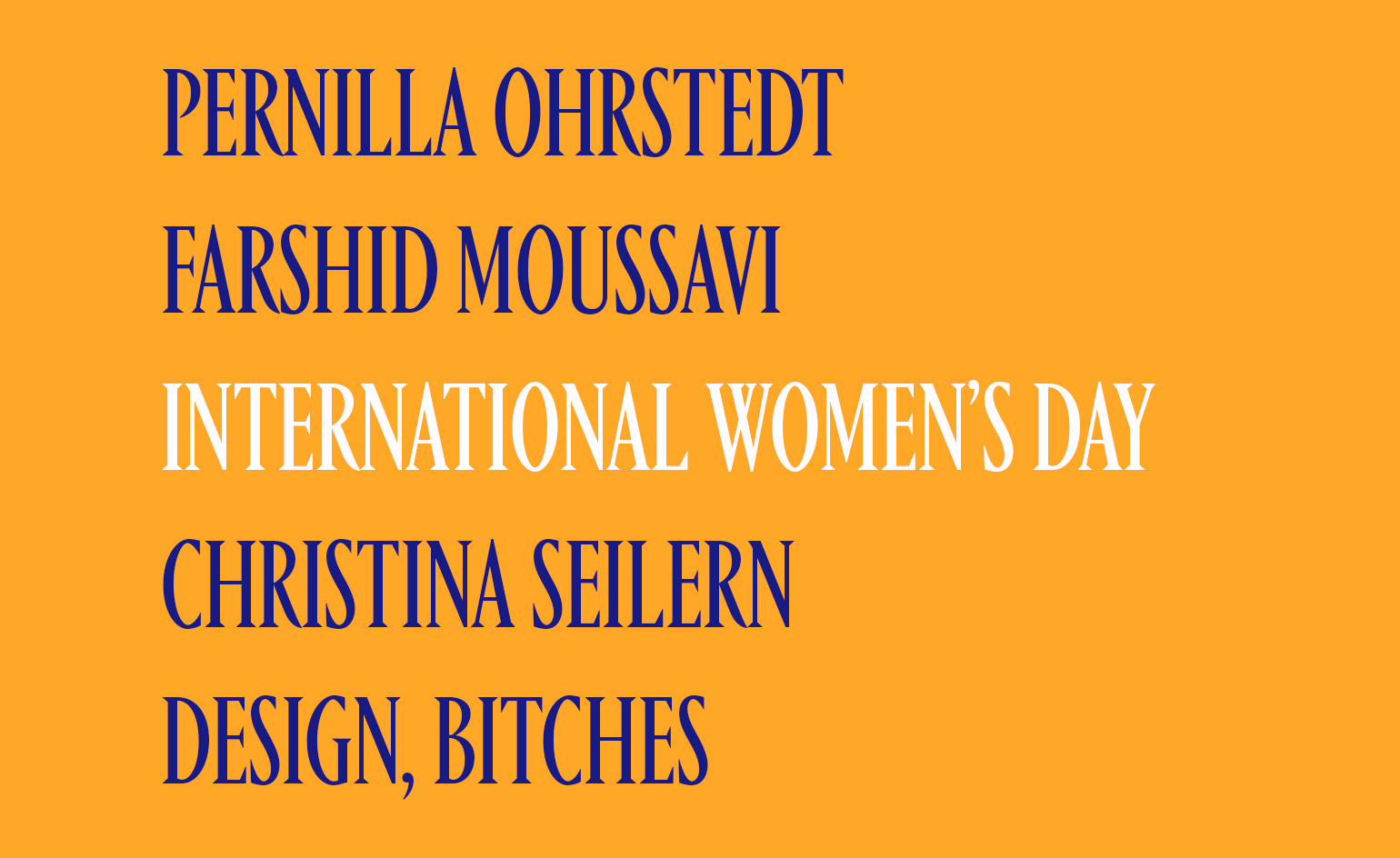 International Women’s Day: leading female architects in their own words
International Women’s Day: leading female architects in their own wordsInternational Women’s Day 2022 and Women’s History Month: Wallpaper* talks to four leading female architects about dreams, heroines and navigating the architecture world
-
 Sou Fujimoto judges Wallpaper* Design Awards 2022
Sou Fujimoto judges Wallpaper* Design Awards 2022We chat with Wallpaper* Design Awards 2022 judge Sou Fujimoto about his work in Japan and abroad, and our shortlisted designs and winners
-
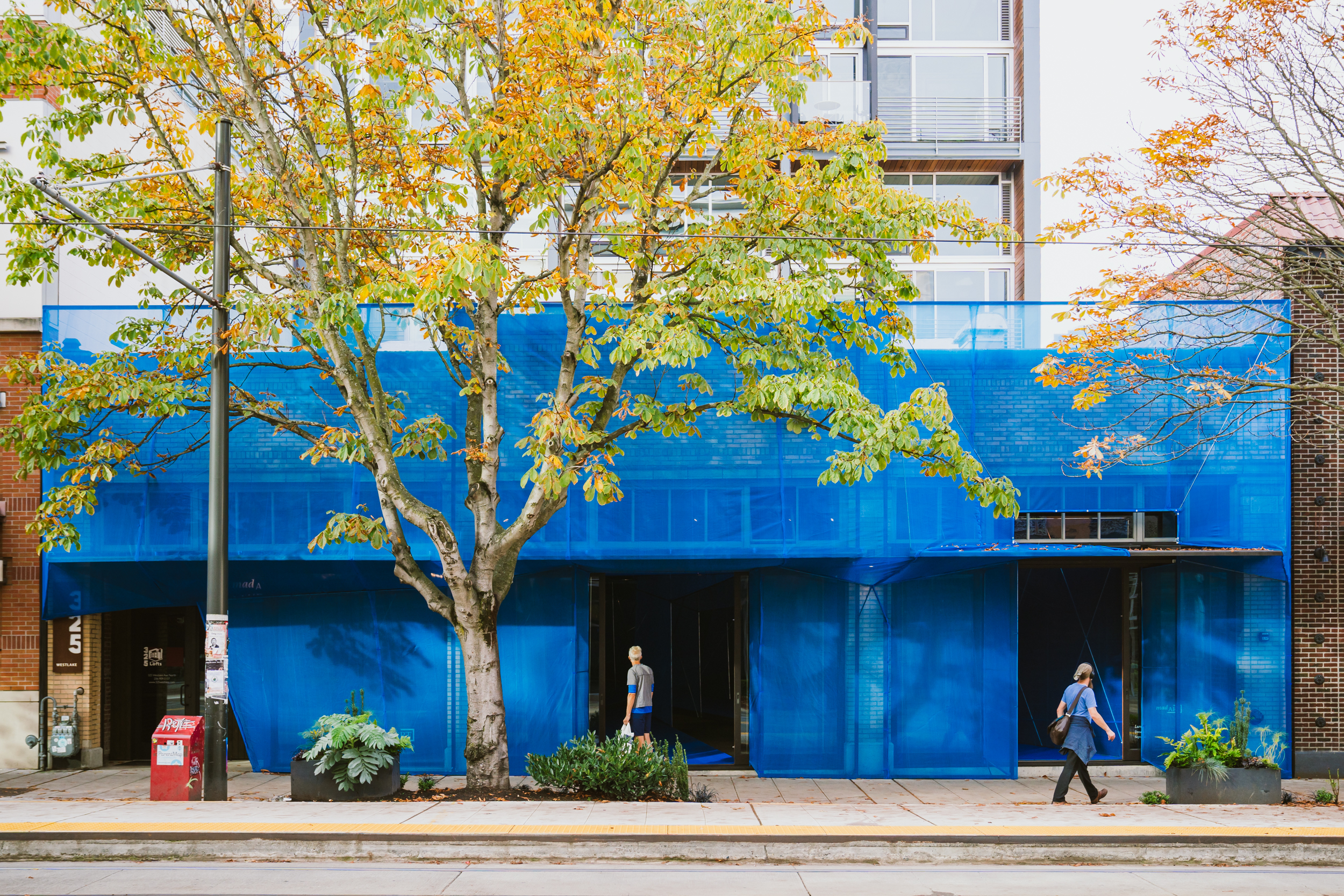 Dream the Combine cross-pollinates and conquers
Dream the Combine cross-pollinates and conquersThe American Midwest is shaking up the world of architecture. As part of our Next Generation 2022 project, we’re exploring ten local emerging practices pioneering change. Here we meet Minneapolis duo Dream the Combine
-
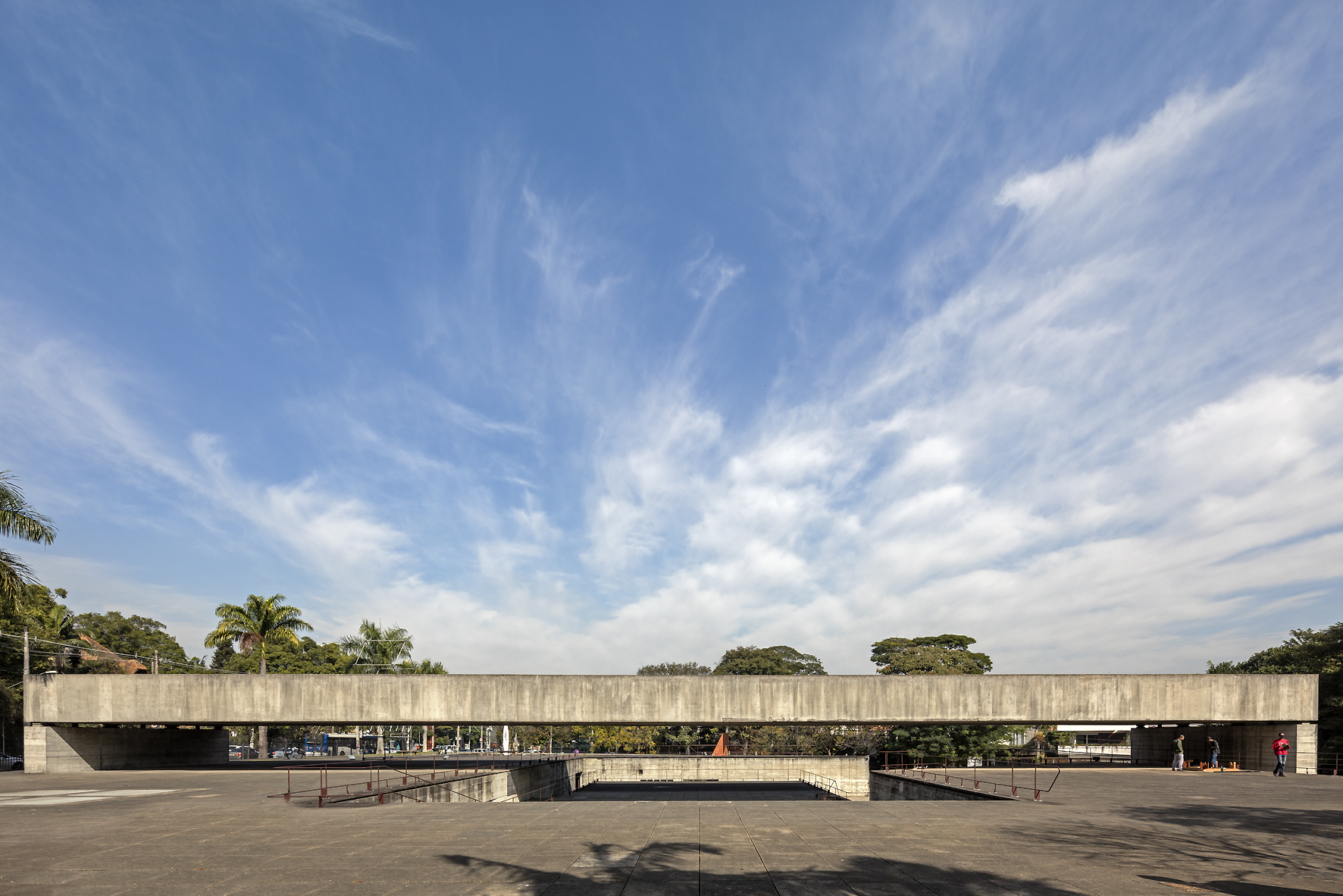 Architecture in the words of Paulo Mendes da Rocha
Architecture in the words of Paulo Mendes da RochaGreat modernist Paulo Mendes da Rocha passed away on 23 May 2021 aged 92. Here, we revisit the interview he gave Wallpaper* in 2010 for our Brazil-focussed June issue, talking about architecture, awards and his home country